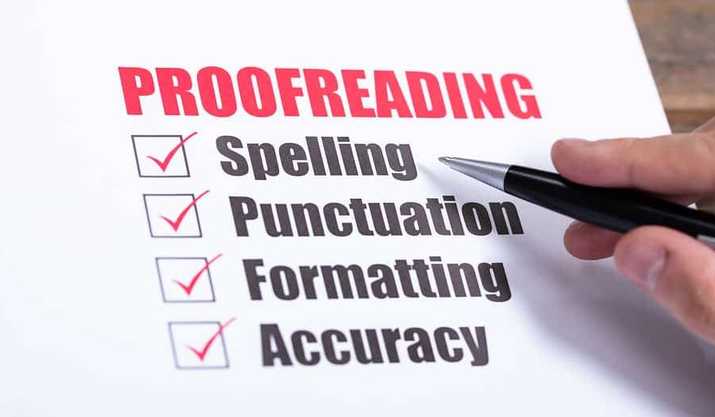Understanding Proofreading: The Final Touch in Text Creation and Translation

What Exactly is Proofreading?
Proofreading is not merely the repetition of the term itself. It's a crucial step, representing the final stage of reviewing any fresh piece of text. When it comes to translation, proofreading stands as the concluding, albeit optional, phase in preparing a translated document for delivery.
So why is it optional? Ideally, proofreading should be conducted by a native speaker of the target language, making the process significantly costlier. This is the reason why some types of translation may bypass native-speaker proofreading, as it might not be cost-effective. After the initial translation, editing usually takes place, and oftentimes, this examination is enough to eliminate the need for further proofreading.
However, if the translator possesses substantial expertise in the relevant subject matter, such as holding a second major in a specialized field like medicine or law, their qualifications might be ample to forgo additional proofreading.
Features and Advantages of Proofreading
In a typical translation scenario, the translation is performed by a native speaker—Ukrainian into Ukrainian, Russian into Russian, English into English, and so forth. While this may appear straightforward, the complexity of language—with its various professional, age, social, and territorial divisions—implies a multitude of styles, text design, spelling variations, vocabulary, terminology, and punctuation. This richness adds layers of difficulty to the transformation of text, making proofreading an essential aspect in certain cases.
Who is a Proofreader? The Necessary Skills for Quality Translation
Contrary to popular belief, not just any native speaker can proofread a text effectively. The requirements for a skilled proofreader are specific and nuanced:
- Native Language Expertise: A proofreader must be a native speaker of the target language, living within the target country. Languages are ever-evolving, and keeping abreast of neologisms and colloquialisms ensures the text resonates naturally with readers.
- Professional Translator or Philologist: Mastery of a language doesn’t necessarily equate to the ability to translate or compare text in different languages. This skill set is a separate profession, demanding education and practical experience in text editing.
- Specialized Knowledge: Depending on the text, a proofreader may also need to be a specialist in a distinct field, such as law, medicine, economics, or engineering.
Different texts will demand different proofreaders, contingent on the particularities and subject matter.
In What Fields is Proofreading Used?
Proofreading is not universally required but proves essential in certain areas:
- Artistic Translation: Literary works often call for the native speaker's touch to ensure natural, culturally relevant translations.
- Scientific Papers and Articles: Precision is key in scientific language; the scholar's reputation often hinges on it.
- Technical Translation: The intricacies of industry-specific terminology necessitate careful proofreading.
- Advertising and Websites: Localization is vital to adapt texts to specific user groups, while retaining the original's content and essence.
Conclusion: The Art and Science of Proofreading
Proofreading is more than an optional add-on; it's an art and a science that adds finesse to the translation process. With the right qualifications, a translator and proofreader can be the same person, adding those final touches that transform a good translation into an excellent one.
In specialized fields such as literature, science, technology, and marketing, proofreading becomes not just a suggestion but a necessity. It ensures that the text resonates with the target audience, conveying not only the literal meaning but also the nuanced subtleties of the original text.
While proofreading might not always be mandatory, its value in delivering polished, professional, and culturally aware translations cannot be underestimated. It's the finesse that bridges the gap between mere translation and meaningful communication.

